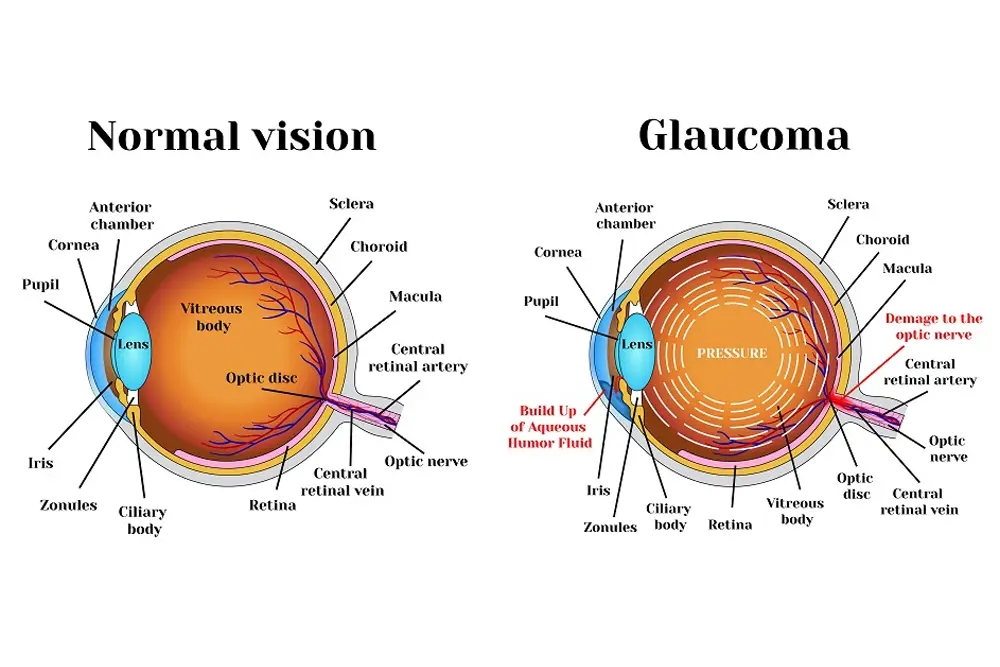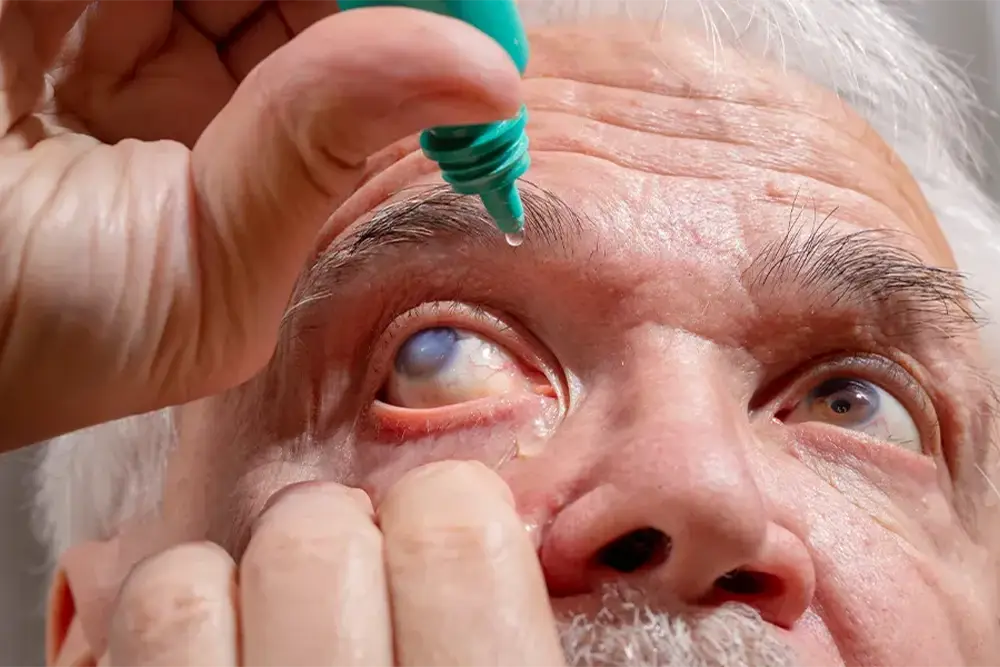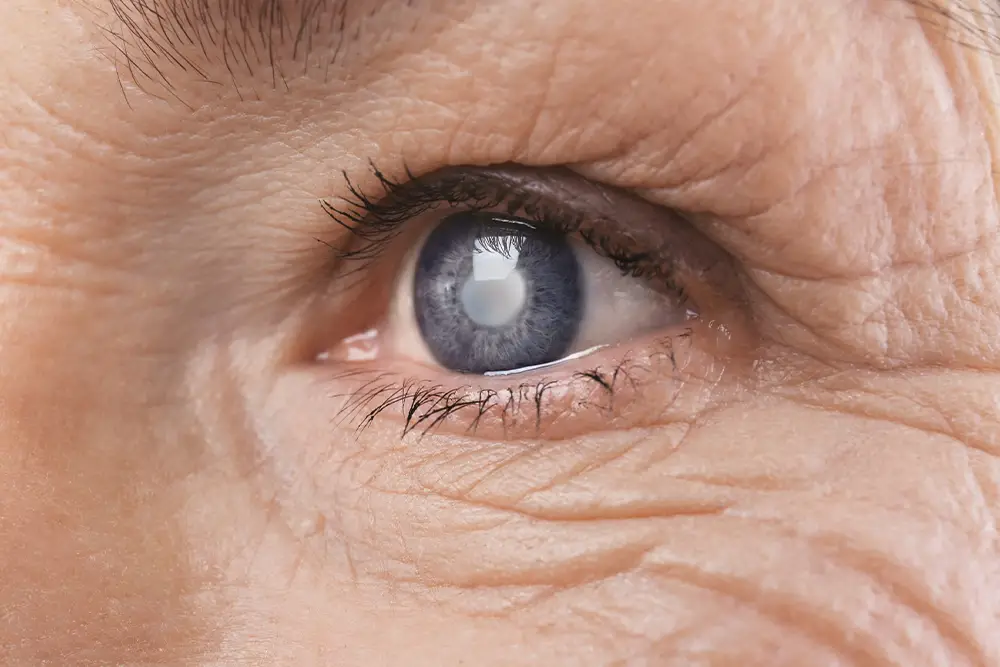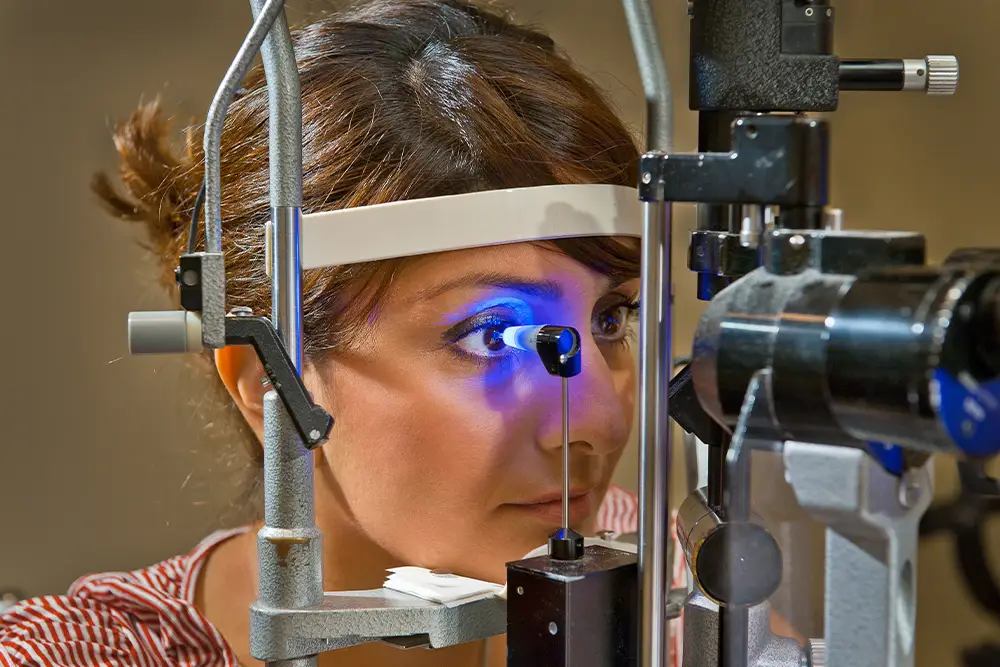What are the Treatment Methods for Glaucoma?
Glaucoma can be treated using eye drops, medications, laser surgery, corrective surgeries, or a combination of these approaches. The primary goal of treating this condition is to lower intraocular pressure, preventing damage to the optic nerve and preserving vision loss. The damages caused by glaucoma are permanent and irreversible. To treat glaucoma, an ophthalmologist may employ one or a combination of the following methods.
The damage caused by glaucoma is permanent and irreversible. To treat glaucoma, an ophthalmologist may use one or a combination of the following methods.

Medical Treatment of Glaucoma
Glaucoma is commonly managed through the use of eye drops. Daily administration of these eye drops helps lower eye pressure. Some of these drops reduce the production of aqueous humor, while others facilitate its drainage from the eye.
Glaucoma medications can aid in preserving your vision; however, they may also come with side effects. These side effects include:
- Eye irritation and itching
- Redness of the eyes or skin around the eyes
- Changes in pulse or heart rate
- Alterations in energy levels
- Changes in breathing (especially if you have a background of asthma or respiratory issues)
- Dry mouth
- Blurred vision
- Excessive eyelash growth

Changes in eye color, skin color around the eyes, and the appearance of eyelids can all be potential side effects of medications.
The use of certain medications alongside others can lead to drug interactions. It is important to provide your ophthalmologist with a list of medications you are regularly taking. If you suspect experiencing side effects related to the use of glaucoma medications, inform your eye doctor.
Never change or discontinue your glaucoma medication without the permission of your ophthalmologist. If your medications run out, discuss their renewal with your eye doctor.
Laser surgeries for glaucoma treatment:
There are two types of laser treatments available for glaucoma treatment. These procedures help with the drainage of aqueous humor from the eye. They are typically performed in an ophthalmologist’s office or in outpatient clinics.
Patient’s role in glaucoma or aqueous humor treatment:
The success of glaucoma treatment relies on a collaborative effort between you and your eye doctor. Your eye doctor will prescribe medications for you. It is your responsibility to follow the doctor’s instructions and use the prescribed eye drops.
When using glaucoma medications, it is important to visit your eye doctor at regular intervals. Typically, visits to the ophthalmologist are required every 3 to 6 months. However, this schedule can be adjusted based on your treatment needs.




